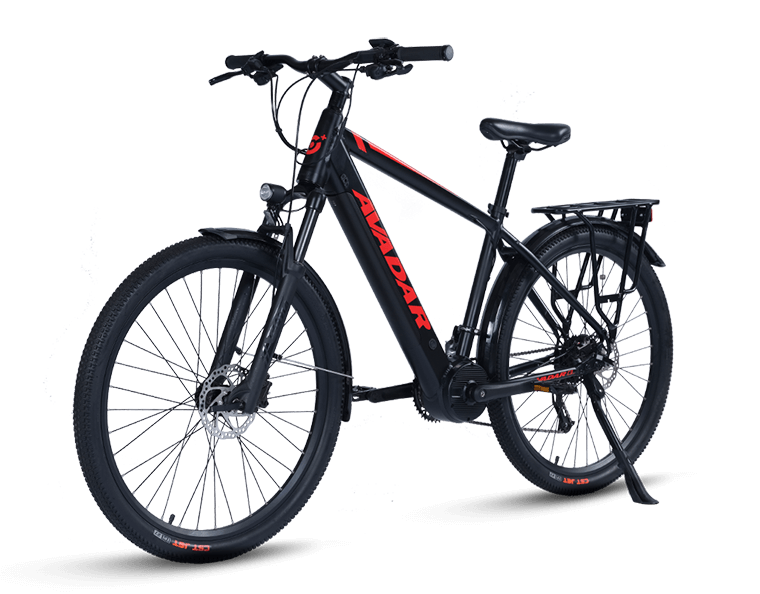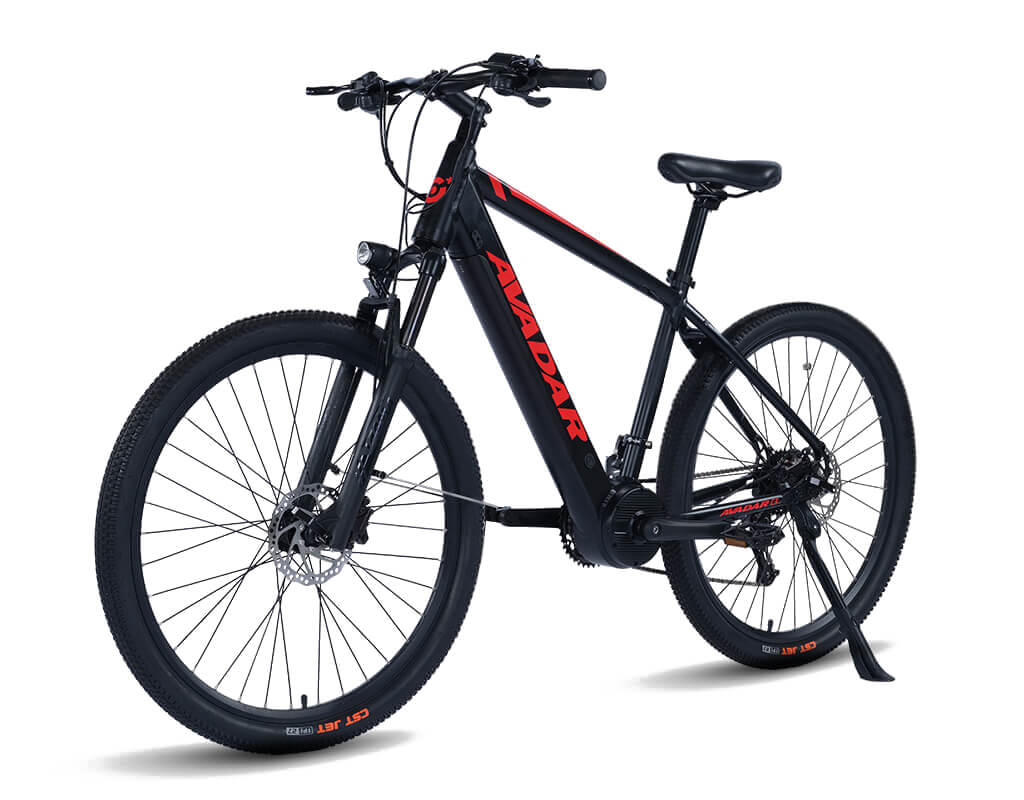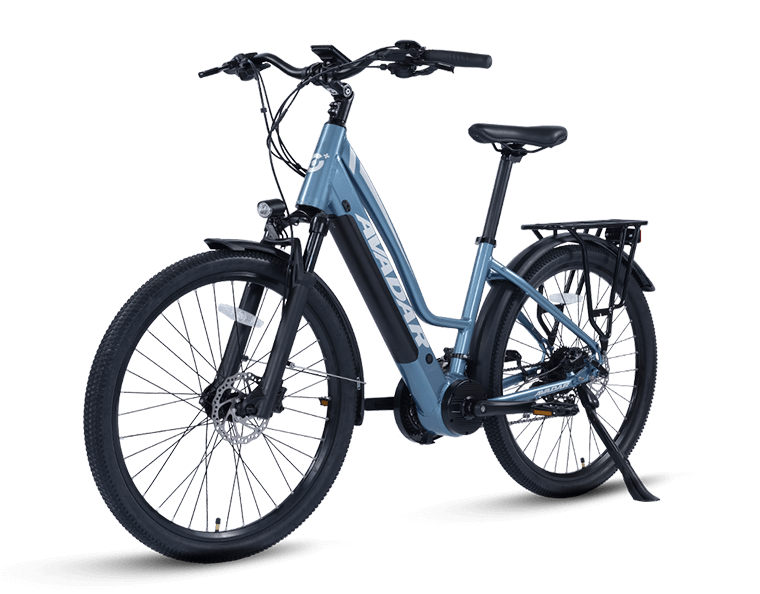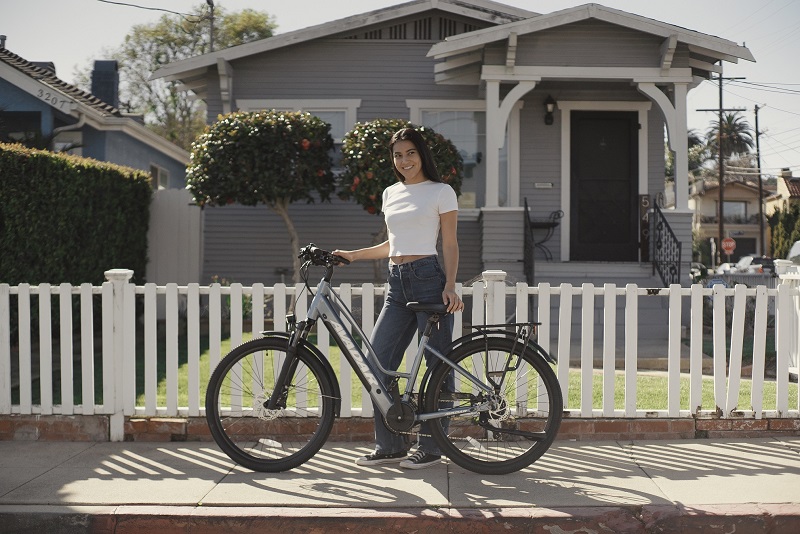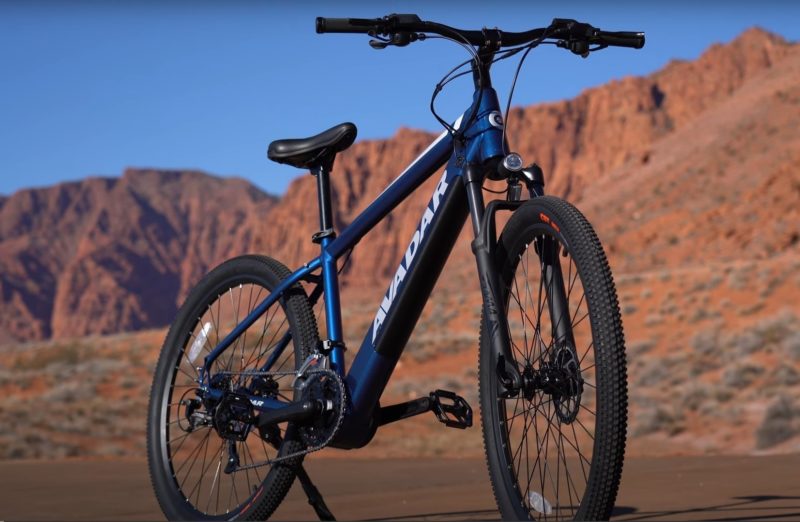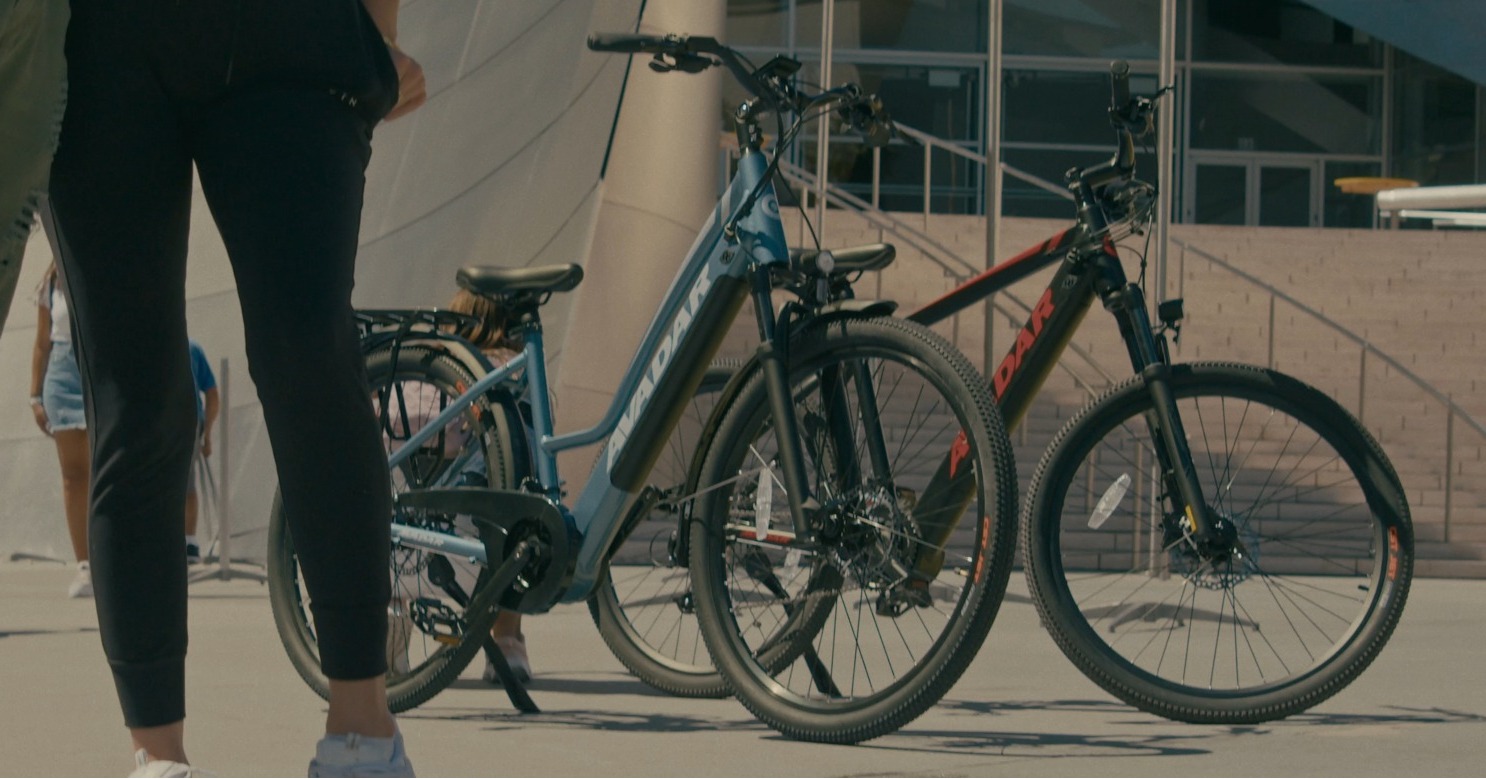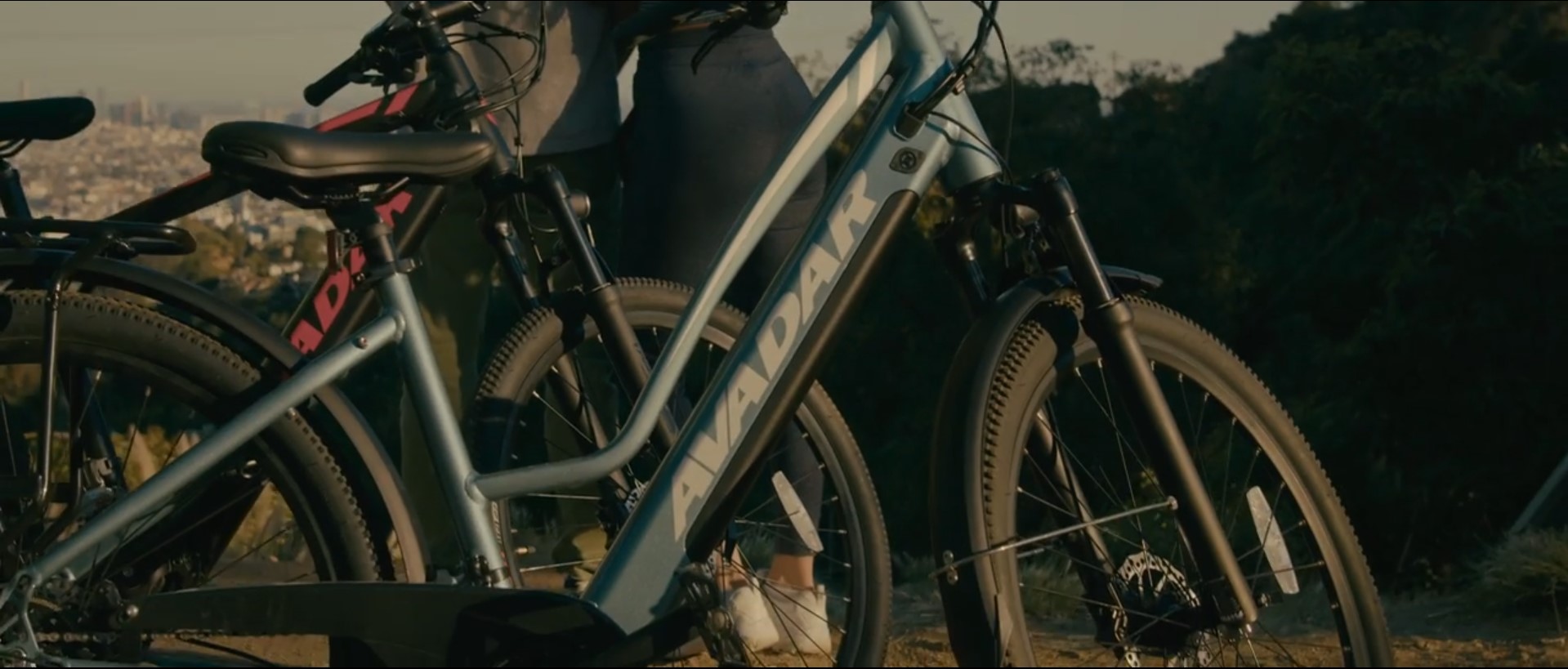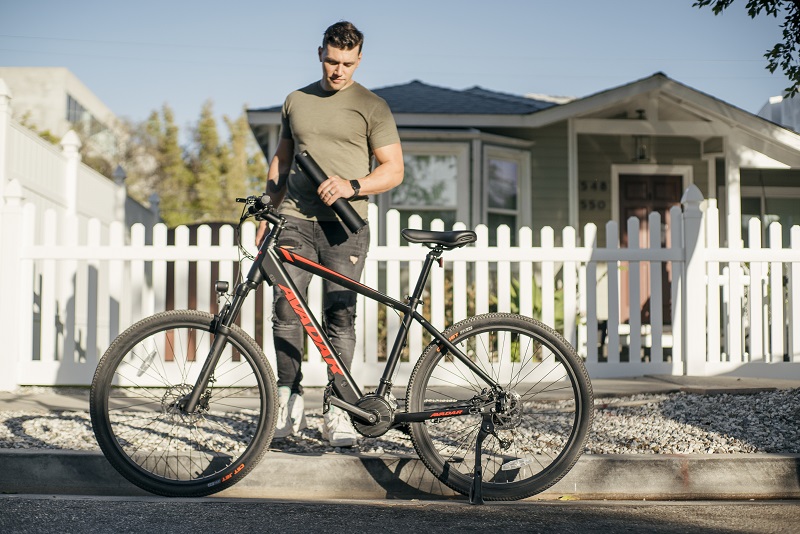
Cycling in the city: Big Guide and the 8 most important tips
Tips for cycling in the city
Cycling in the city scares many of our fellow citizens. This may be because there are not enough bike lanes in big cities, or conversely because someone is afraid to bike in the city due to a large amount of car traffic. Cycling in the city for many of us is associated with a certain fear for our lives and fear, although not everything is as scary, difficult, and dangerous as it seems to us at first sight.
You must have seen more than once that there is a sufficient number of citizens on the city streets who prefer to ride their bicycles through the metropolis. If it were really so dangerous and scary, believe us, friends, few of us would meet cyclists on the city streets. To get used to frequent movement in the city, you first need to calm down and learn to follow the rules of the road, so that you feel comfortable in the future. Then you can forget about the danger and enjoy cycling, which is good for your health.
Obey traffic rules
Before you start cycling on urban roads, be sure to learn the traffic rules, especially in the part that concerns cycling. These rules are not difficult, it is enough to study them for a few days and you will be able to move freely in the city. We advise those who want to move around the city by bicycle to buy a bike helmet in advance. We would also like to remind you that if you have forgotten how to ride a bicycle, you should practice for several days in a stadium, in a yard, etc. before going out on the street.
In general, the rules of conduct for bicyclists on the highway are exactly the same as for car drivers. You must not cut anyone off on the road, you must not startle anyone on the sidewalk (so be sure to attach a bell or audible signaling device to your bike), and you must also inform other road users in advance of your intention to change lanes if, for example, you want to turn off the road onto the roadway. To do this, the Highway Code requires you to extend your hand in the direction you intend to turn or change lanes. In this way, you warn motorists that you are going to perform a certain maneuver with your bicycle.
Always be sure if motorists can see you on the road
Everything that surrounds us in this world depends largely on ourselves, like happiness or safety on the road. Please remember that if you do not take care of your own safety, no one will do it for you.
So in the future, remember that you must constantly and personally monitor your actions. It is also necessary to observe the actions of other road users, putting yourself in their shoes. What is this good for? We answer. This is necessary so that you can understand whether the motorists on the road see you. Because even if you obey the traffic rules, it does not mean that you will not be involved in an accident (even accidentally). Friends agree with us that you may encounter a large number of inattentive and inexperienced drivers on the road who may not notice you and just accidentally knock you down. So remember, gentlemen, that when riding your bike, you should constantly be thinking about whether other road users see you on the roadway.
This is true, for example, when riding in designated bike lanes, but also when riding at night. As a rule, bike lanes are located on the right side of the road next to the lane for cars. On some roads, the first lane for car traffic is often combined with a parking lot where motorists park their vehicles. If there is a bike lane near such a parking lot, you should be careful, because unforeseen accidents often occur in such places.
For example, if a passenger opening the door to get out of the car is not paying attention or does not turn around, he may accidentally hit a cyclist riding along the bike path. When approaching where the bike lane or a side path is adjacent to the parking lot, be sure to slow your bike down and look closely ahead. If you notice a passenger getting out of the car, you must slow down in time to avoid a collision and an accident.
Also, be careful when driving in the right lane of the highway. Often motorists simply do not notice a cyclist coming from the right (e.g., when overtaking from the right or changing lanes).
Try to make friends so you can be seen on the road under all circumstances. Do not crowd to the side of the road. Remember that most motorists will not be concerned about your safety. Never rely on the fact that everyone around you will be “well-behaved” and obey the traffic rules. Therefore, always be extremely prudent and cautious, ready for any surprises on the road.
Here you can find more tips for safe cycling in the city:
- Do not wear headphones. You should not use headphones when biking in an urban environment. Of course, you can take headphones with you, no one forbids them, but if you are riding on a bike path on a highway, then definitely do not use headphones at that time.
- Attach at least a headlight to your bike. If you ride your bike at night, according to the Highway Code, your vehicle (bike) must be equipped with at least reflective elements. It is natural and desirable that your bicycle is equipped with lighting optics front and rear. This is especially necessary when riding in autumn when it gets dark early on the road.
- Use the appropriate bike for rides in the city. Mountain bikes, freestyle bikes, track bikes, etc. do not help you feel safe in the city. In fact, these bikes are not suitable for everyday rides, certainly not in the city. Many of them are large and quite bulky, which will certainly make you feel uncomfortable when riding them on sidewalks where there is a lot of traffic.
Road bikes and city bikes are the ideal choices for daily commuting in big cities. City bikes are usually not that expensive (many have only one gear) and they are very convenient for trips around the city. By the way, we advise your friends to still buy bikes with only one gear in the city, as this will greatly facilitate the maintenance of this bicycling equipment.
However, there is a “but”, if your city has hills and elevation changes, which are quite common in the city, then you need to spend too much money and buy a bike with multiple gears to facilitate the ride through the city with many ups and downs.
- Buy only the bike that fits your height and weight. The choice of the bicycle is also important for the size of your foot. Imagine a situation where you suffer while walking on the street if you wear shoes that are two sizes too big for your foot (?) The same thing can happen if you use a bike that just does not fit you. For example, it will be very uncomfortable for you to ride, it will be very bulky for you, and it will be quite difficult to ride. Because of this inconvenience, there is a risk that you will fall or be involved in an accident.
Remember that the bike lane is not a safety lane surrounded by a concrete wall. People mistakenly think that bike lanes are some sort of magical barrier that not even molecules can penetrate (leak). This is far from the case. Rather, it is an ordinary, simple lane for bicycles, which inexperienced cyclists ( and even motorists) can easily and unexpectedly turn into the road.
Sometimes a bike path can seamlessly and abruptly turn into a regular parking lot. So remember, friends, when you are in a bike lane, it does not mean you are behind some sort of protective barrier. Remember that some motorists can make mistakes and pull into the bike lane. You need to be very alert and always be ready for surprises. Also, remember to look far ahead to see the bike lane smoothly merge into a regular car lane on the road. In this case, you must slow down and safely merge into the general flow of traffic in the right lane.
- You need to practice before you go into a high-traffic area. If you think or believe that the easiest way to get around town is to ride your bike, you are mistaken, gentlemen. For example, if you have not ridden a bicycle for a long time, and not only in the city but in general, then you need to practice before riding on the road with cars, on small paths and streets of your city where there are few vehicles. This is especially necessary to get used to riding again after a long break from cycling. We also advise cyclists not to rush. Remember that it is better not to go out on the road with cars until you get used to them.
- Use navigation maps. Some maps (e.g. Google) have special navigation for cyclists (it does not work in all cities and countries in the world). These are fantastic. Such services pave routes specifically for bicycles, which allows them to minimize movement even on the roads along with traffic.
- Do not think that cars are not dangerous. If you are riding on a highway next to vehicles, you should always remember that cars are huge pieces of metal for you that can easily crush a cyclist. Do you think that when cyclists are hit, they usually just bounce off the cars and that’s it? Unfortunately, this is not the case at all, in 70% of the cases of collisions with cyclists, these cases go wrong, namely so that the cyclist himself gets under the car, which often leads to his death in the end.
This fact can certainly deter many people from cycling in the city. But by no means should this be a deterrent, just remember it and never forget it. Remember friends, if you follow all the precautions when riding a bike, you minimize your risk of getting into an accident.
These tips may seem typical and trite to many of you, but … First of all, we do not want to scare future and real cyclists, all participants in the movement of this vehicle, but we just want to note in advance that if there were not a large number of accidents with cyclists in our country, we probably would not have written about it, but would have chosen another topic about something else. But since there is simply a huge number of accidents in our country today, and the cyclists themselves simply behave immorally in traffic and very often do not obey the rules of the road, we were forced to address and write about this important issue for many. We continue to hope that all these everyday tips we described in the article will be useful for many of our cyclists and at least a little or they can affect their thinking and behavior in traffic.
If this information is not enough for you, then read the official guide of the New York authorities – Cycling trends in NYC. NYC DOT is pleased to announce the release of Cycling in the City, an update on cycling trends in New York City.
